By Terry Beery, Jennifer Macke, and Robert Morgan
The 2022 Los Alamos County science fair was held virtually on the week of January 17, 2022. Each year, PEEC provides small cash awards to students at the fair. In judging for these prizes, we look for projects that take inspiration from nature, particularly those that make use of local materials from nature, are conducted outdoors, or aim to improve or understand the environment.
Don’t Grow So Close to Me!
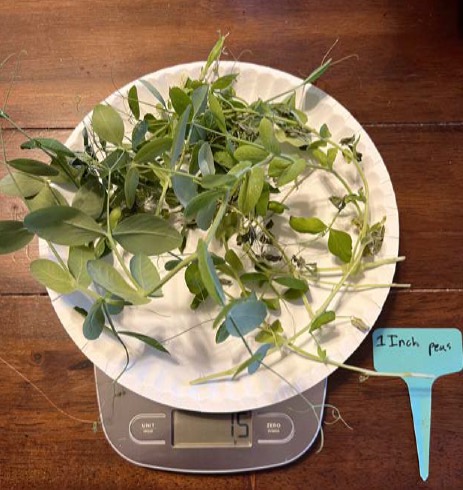
by Rebekah Scott, Elementary Division
This student examined whether crowding of plants, or simulating crowding of plants by systematically touching their leaves, would inhibit plant growth. This excellent project was presented with lots of photos and careful descriptions of procedures. The student did an exemplary job of describing limitations and refinements for future work.
Can magnets improve plant growth?
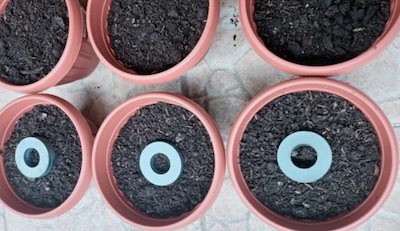
by Joaquin Granja, Elementary Division
This project did a great job of explaining exactly what was done. Strong magnets were placed in the soil of experimental plants and not in the soil of control plants. Plant growth was then compared. The photos helped demonstrate the scientific process. The student collected data from several specimens and described the steps taken very clearly.
What kind of rock am I?

by Alexander Sherrill, Elementary Division
This project used a carefully described scientific method to classify various characteristics of rocks. We liked the systematic way that the student collected data and that they provided an interesting way for anyone to identify a rock, and we have lots of rocks around Los Alamos! The student also consulted reference books to confirm their ideas about the name of each rock.
Precursors to Electric Discharge
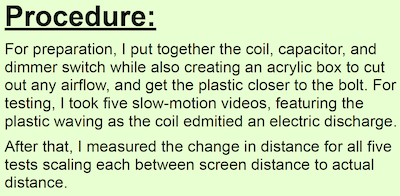
by Amelia Hill, Junior Division
This student was inspired by an observation in her own back yard, where she noticed during a storm that lighting appeared to have the effect of moving a plastic tarp up and down. She wanted to know how this was possible, so she built an apparatus to test the effect experimentally. She measured deflections in a small piece of plastic under the effects of an electric shock by taking measurements from slow-motion videos.
Starry Spectroscopy
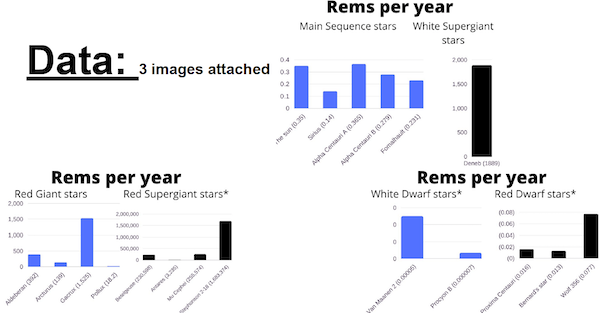
by Gavin Bent, Junior Division
What type of stars could support planets with life? Inspired by this question, this student calculated the levels of radiation that would be present on planets near a variety of star types. An impressive set of calculations were made on data about individual stars. The results supported the student’s hypothesis that larger star types produce too much radiation to support life, and that “main sequence” stars the most likely to support life.
Cloud Cover

by Peyton Sutherland, Junior Division
The connection between cloud cover and global climate change was the basis of this project. The student sought to find correlations between cloud cover and temperatures on the ground. She had access to the cloud cover data and flyover times of NASA satellites, and, during those flyover times, made measurements of ground temperature on several different surfaces in her own neighborhood.
The Blue Green Monster in Abiquiu
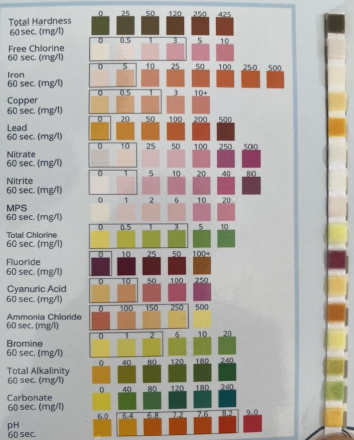
by Brayden Allen, Senior Division
This project sought to determine how water chemistry changes when blue-green algae appears in Abiquiu lake. The student tested for the presence of algae along with chemicals such as copper, lead, and chlorine. While small amounts of algae were discovered, no significant changes in water chemistry were discovered. This result has inspired the student to continue to do field work at Abiquiu lake, searching for a wider range of chemicals and taking more samples to further test the hypothesis.
